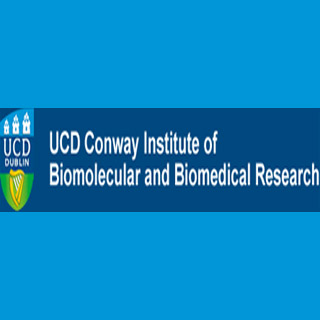
It was mentioned that genetic or environmental causes of IBD are still unknown. But the most crucial problem of this condition may be that the lining of the gut becomes leaky. This lining probably enables material from the lumen of the intestine to overcome this barrier and develop an inflammatory response. It is known that the intestinal barrier maintains a thin balance between the proliferation and death of epithelial cells at the surface of the barrier. So if the balance tips, more cells die and less grow.
This especially happens in IBD wherein the barrier is no longer intact and is unable to function properly. The scientists explain that when an oxygen-sensing enzyme known as prolyl hydroxylase 1 (PHD1) is not present, epithelial cell death declines and the intestinal barrier function is improved. It can be concluded that PHD1 is an important target for pharmacologic inhibition in IBD.
Professor Cormac Taylor enlightened, “Inflammatory bowel disease is a condition in need of new and improved therapeutic options. Our current results indicate that targeting the PHD1 enzyme may represent one such approach.â€
After delaying or curbing epithelial cell death, the gut lining can possibly be given time to heal and the integrity of the intestinal barrier could be regained. Further investigations are being undertaken to assist in the progress of targeted drug delivery in particular areas of the gut as part of a new therapeutic approach to the treatment of IBD.
The research is published in Gastroenterology.
